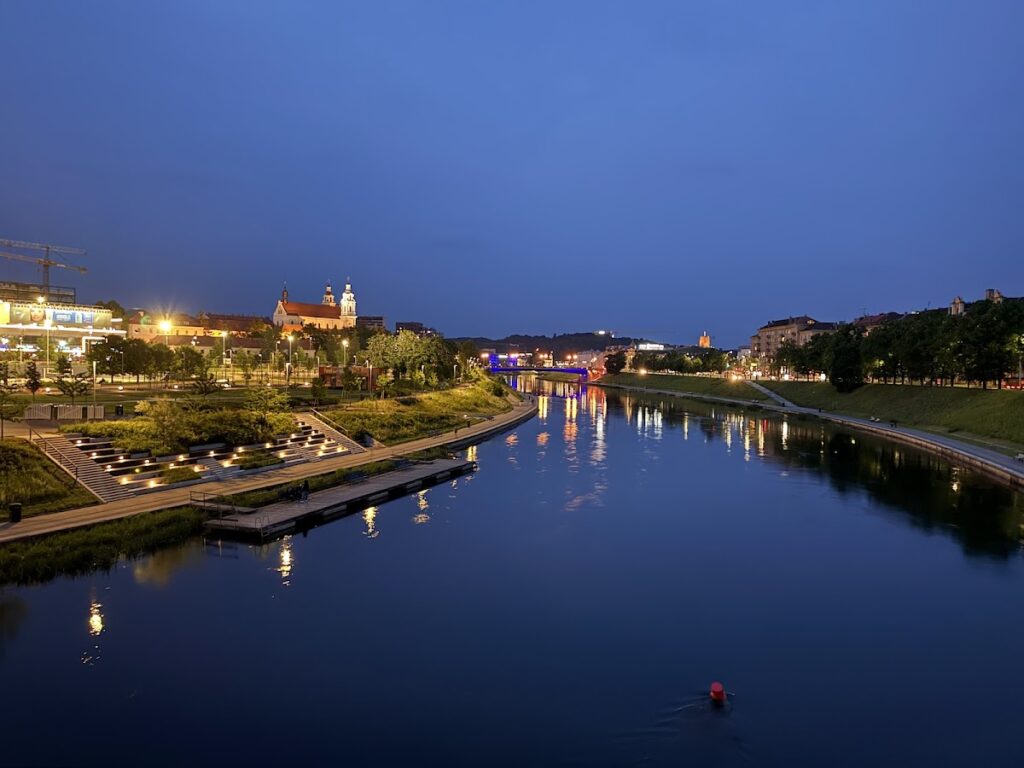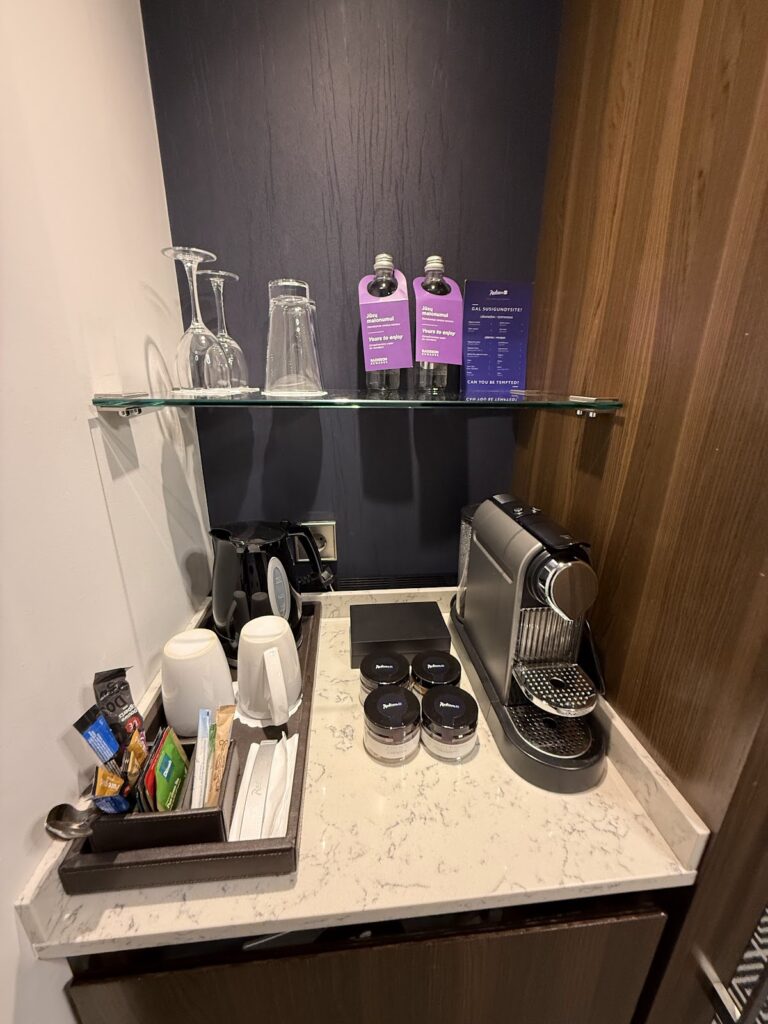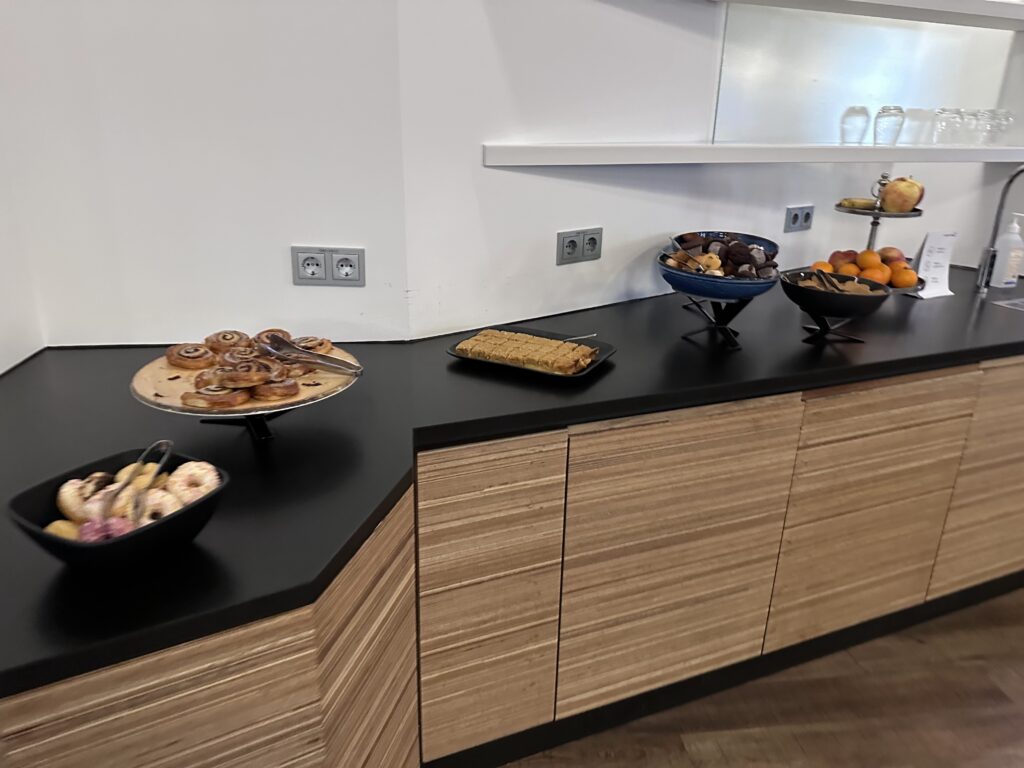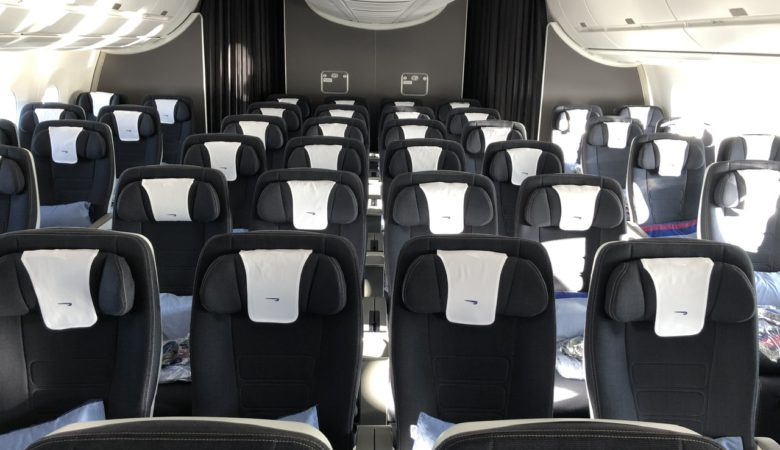Even the most photogenic hotel on Booking.com can hide a multitude of sins. Whether it’s thin walls, fake smiles or the faint whiff of mildew, some problems only reveal themselves once you’ve already unpacked. Knowing the bad hotel warning signs can save your sanity – and maybe your bank balance – before it’s too late. Our mantra is that a bit of healthy scepticism saves a lot of hassle later.
How to Spot a Dud Before You Book
It starts long before you reach reception. If a hotel’s website looks like it was built in 2006 and half the links don’t work, take the hint. Missing contact details or a Gmail address instead of a domain email usually means amateur management.
Next, look at the photos. If every shot is heavily filtered, cropped to avoid corners, or clearly lifted from stock libraries, assume the real place looks nothing like it. Read reviews carefully – genuine ones tend to vary in length and tone. When every “guest” seems to have written the same glowing sentence about “friendly staff and great location”, it’s a safe bet they were copied and pasted.
Then there’s geography. “Ten minutes from the city centre” can mean ten minutes by motorway or train, not on foot. Always double-check location claims on Google Maps. And if the hotel demands full payment in cash or claims the card machine is “currently down”, that’s not a system glitch, that’s a problem waiting to happen.

Finally, hidden fees are a dead giveaway. Cleaning charges, towel deposits, or linen fees all signal a race to the bottom. Real hotels build those costs into the room rate.
The Moment You Arrive
First impressions are everything. A cracked façade, peeling paint or flickering neon sign tell you plenty about what’s to come. The reception staff should welcome you, not just lunge for your card to take the city tax. When they fail to mention Wi-Fi, breakfast times or hotel facilities, you’re not being checked in – you’re being processed.
If you’ve carried your own bags into the lobby of a self-proclaimed four- or five-star property, the star rating probably came from the owner’s imagination, not a tourism board.
Take a moment to absorb your surroundings. Smell anything? Musty, smoky, or overly perfumed odours usually mean something’s being hidden – mould, damp, or a smoking policy nobody enforces. Listen too: if you can hear the lift going up and down, congratulations, you’re next to the shaft. Request another room immediately.
Inside the Room
The real test begins once you open the door. Lighting, air, and layout reveal everything about whether a hotel genuinely cares about guests or simply ticks boxes. If daylight streams through “blackout” curtains, the design team didn’t test their handiwork. Empty minibars humming loudly at 3am are a classic combination of form without function.

Then there’s water – or the lack of it. No bottled water, no kettle, not even a half-filled minibar. These little omissions aren’t accidents; they’re signs of penny-pinching management. Tea and coffee trays made up of mismatched sachets scavenged from other rooms (or housekeeping’s leftover basket) just emphasise how much care was taken to prepare the room for you.
And then the Wi-Fi. If it’s “down for maintenance”, assume it’s been that way since the hotel opened. The same logic applies to bedside lamps that aren’t plugged in, sockets that are two metres from the bed, and kettles that can only reach a plug by sitting on the floor. These things speak volumes about how little thought went into the room layout.

Bathrooms, too, tell tales. Properly fitted ones don’t leak or flood. When tiles wobble and the shower curtain clings to you like clingfilm, you know corners were cut. Add in the faint smell of cigarettes from a “non-smoking” room and it’s officially time to check out early.
The Next Morning Reality Check
Breakfast often confirms what you already suspected. If the buffet consists of brown bananas, four slices of curling salami laid out like museum exhibits, and eggs that are only warm in a theoretical sense, this is one of your clearest signals of penny-pinching and indifference. Hotels that ration fruit like it’s gold dust usually cut corners elsewhere too.


And finally, listen to the building itself. When every door slam sends a vibration through the walls, it’s not “character” – it’s bad architecture. Thin walls that let you enjoy next door’s TV soundtrack are another clue that the cheapest possible materials were used.
By now, you’ve probably identified more than one of the bad hotel warning signs. The trick is learning to spot them earlier next time. A little research, a few honest reviews, and some healthy scepticism can save you from wasting both money and patience. Because when a hotel gets the basics wrong – cleanliness, comfort, communication – no amount of complimentary coffee pods will fix it.
So, next time you travel, remember: the truly great hotels make you feel at home before you’ve even unpacked. The bad ones make you wish you’d stayed home instead. Recognising those bad hotel warning signs before booking might just save your trip – and your sanity.
Next: read our hotel reviews.





Leave a Reply